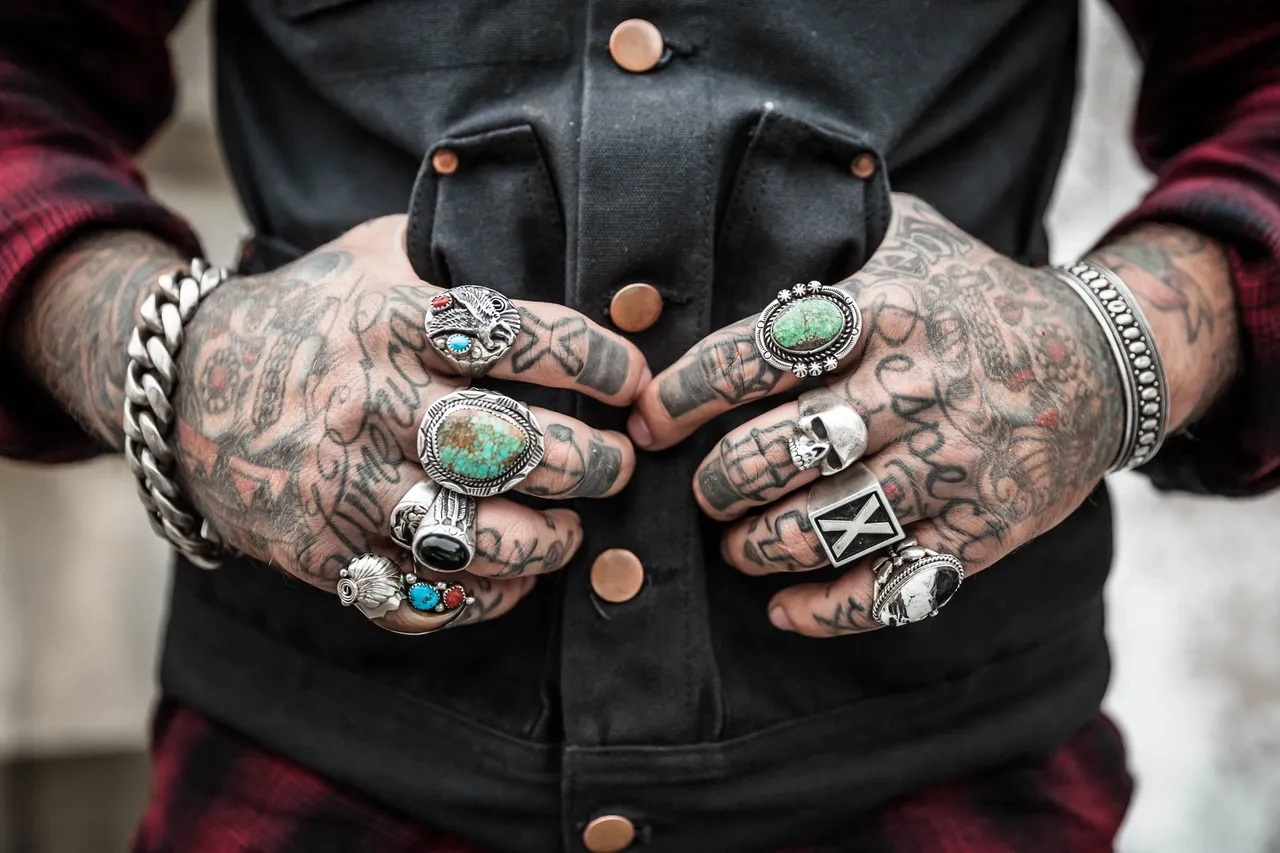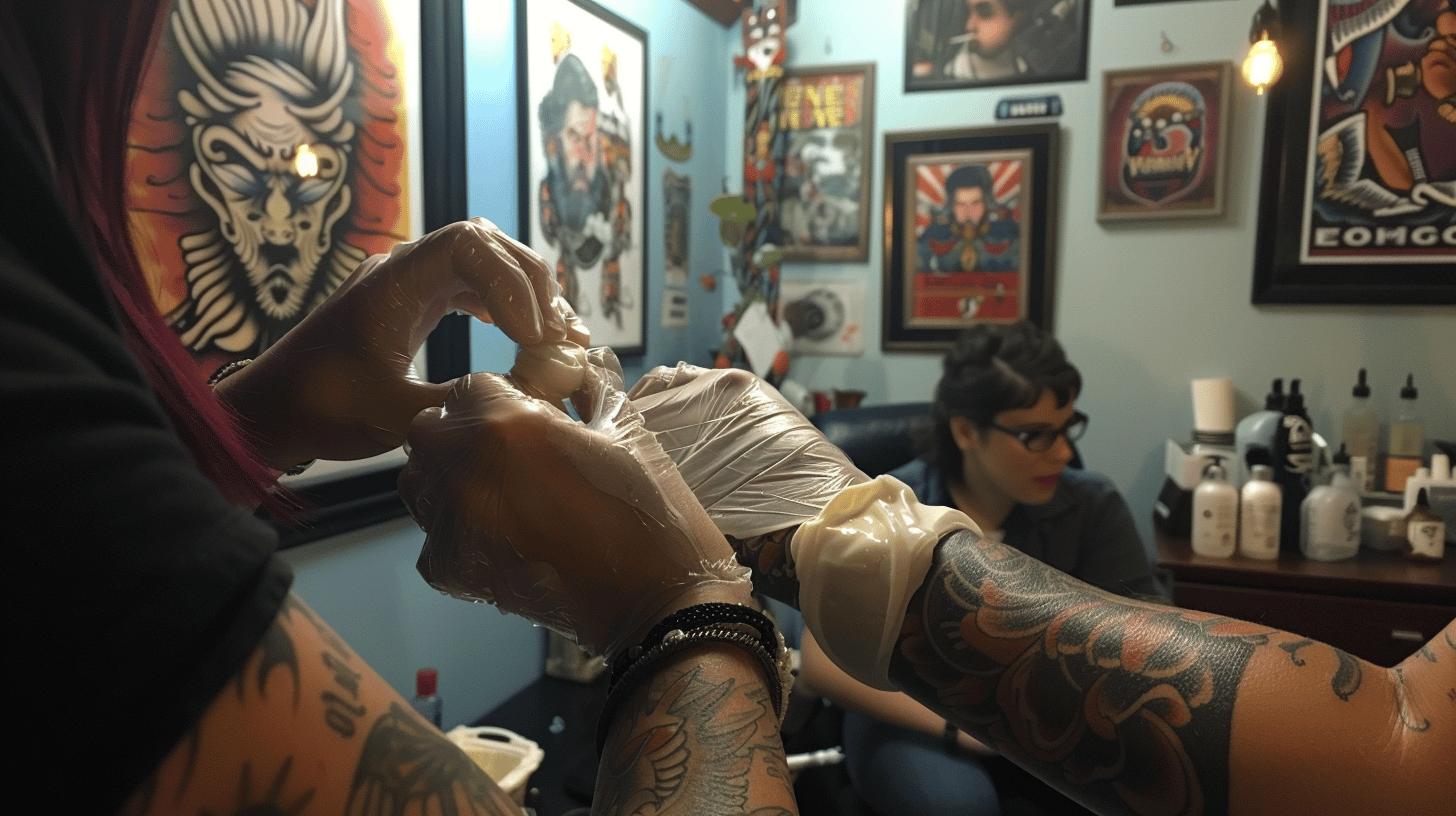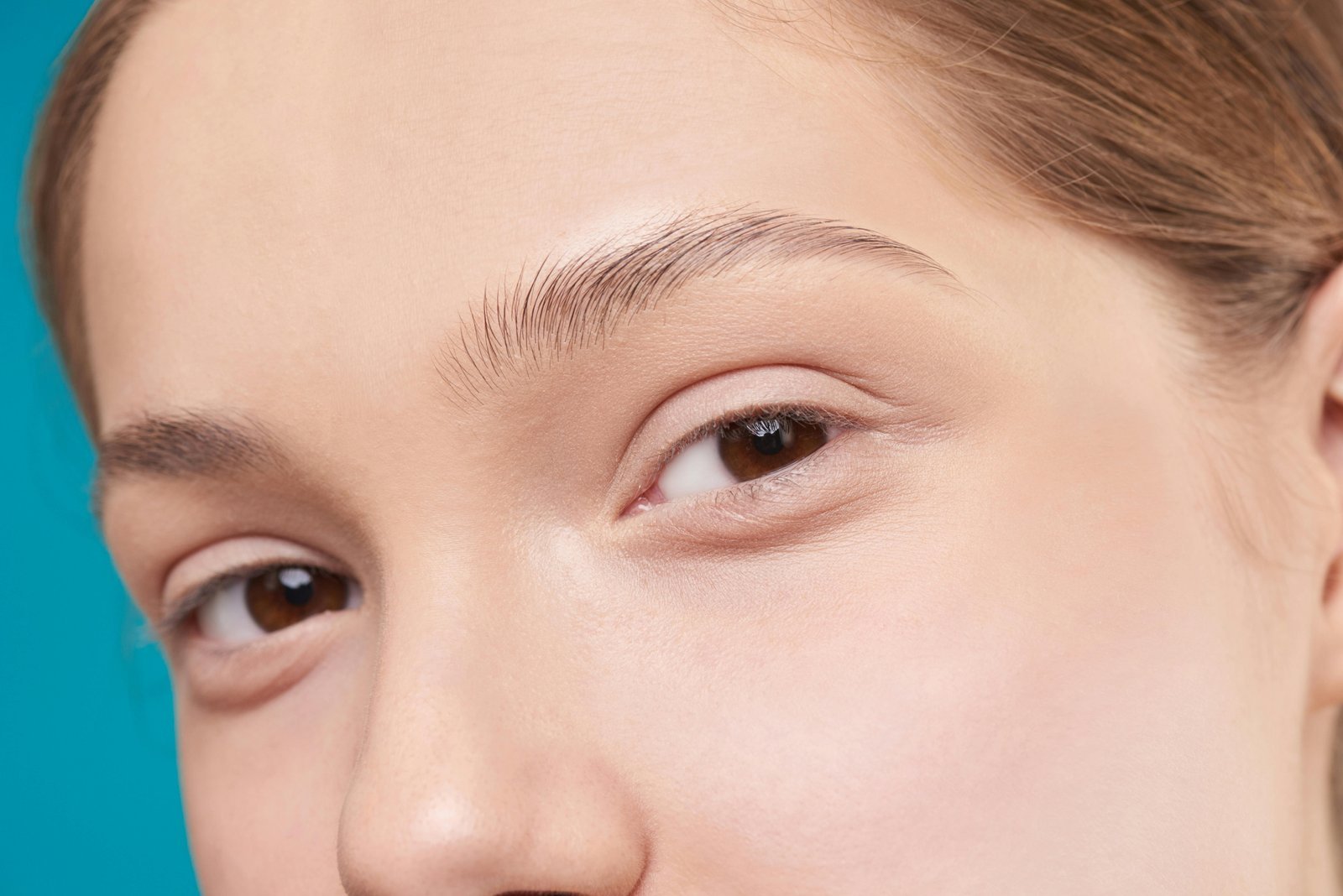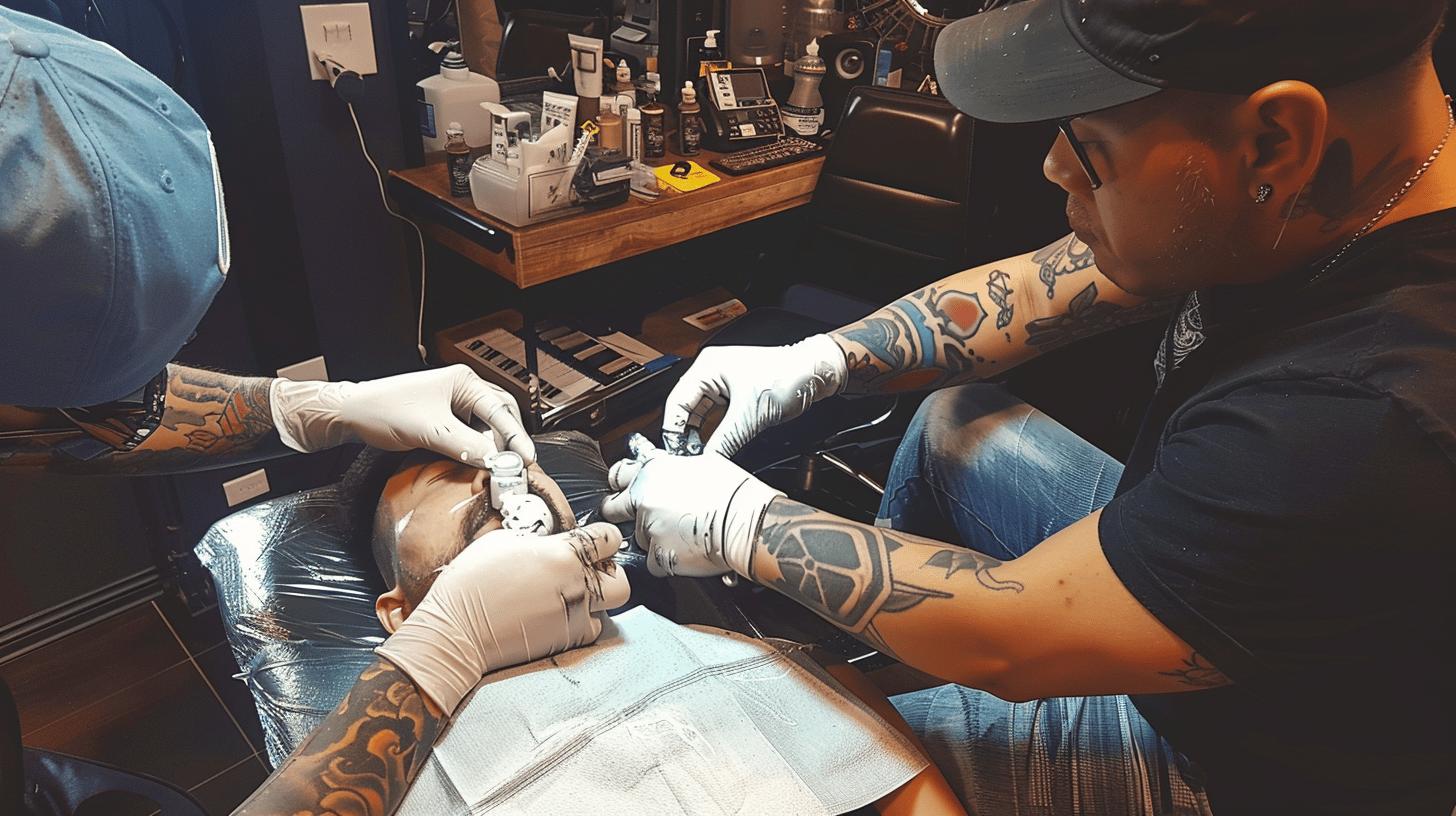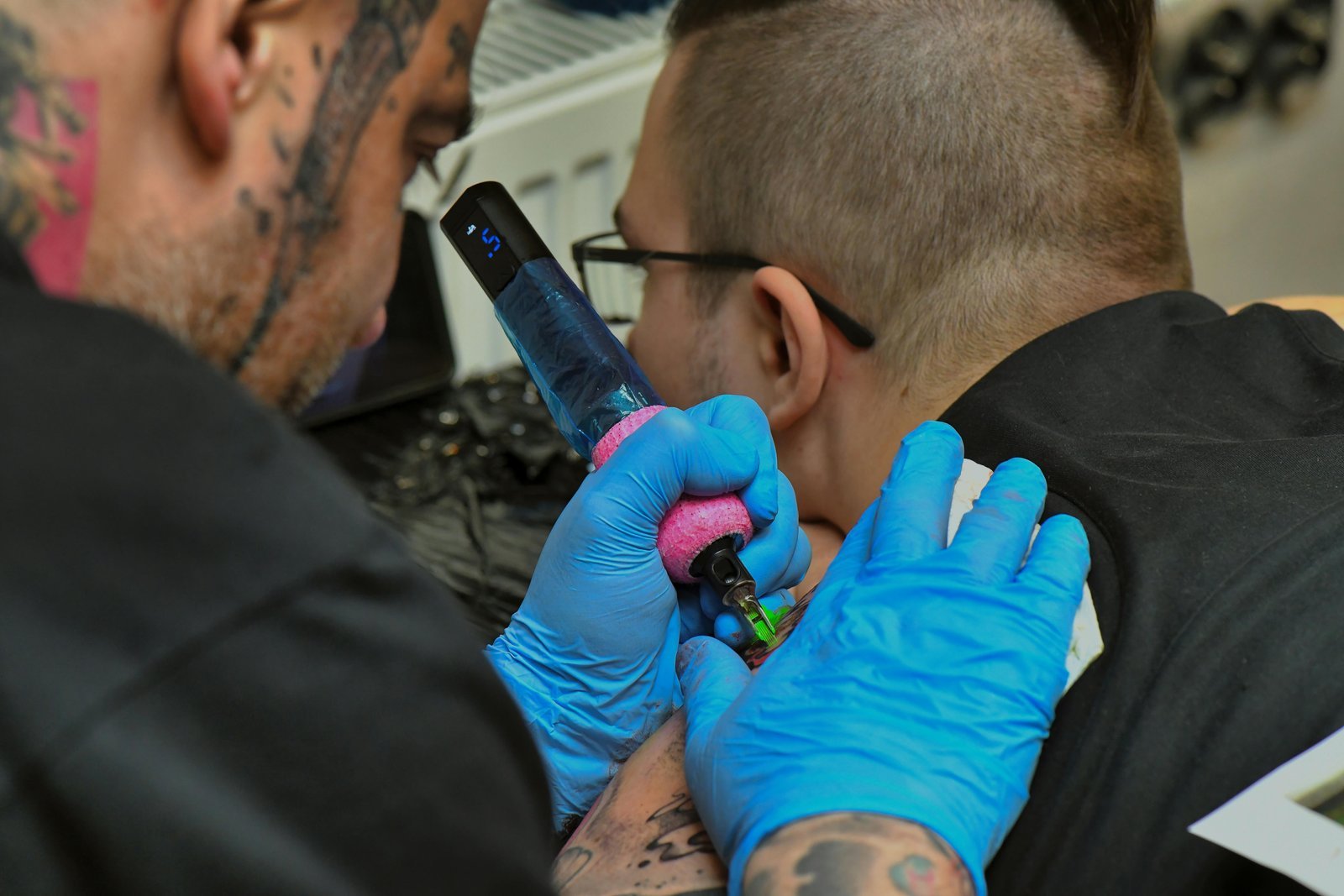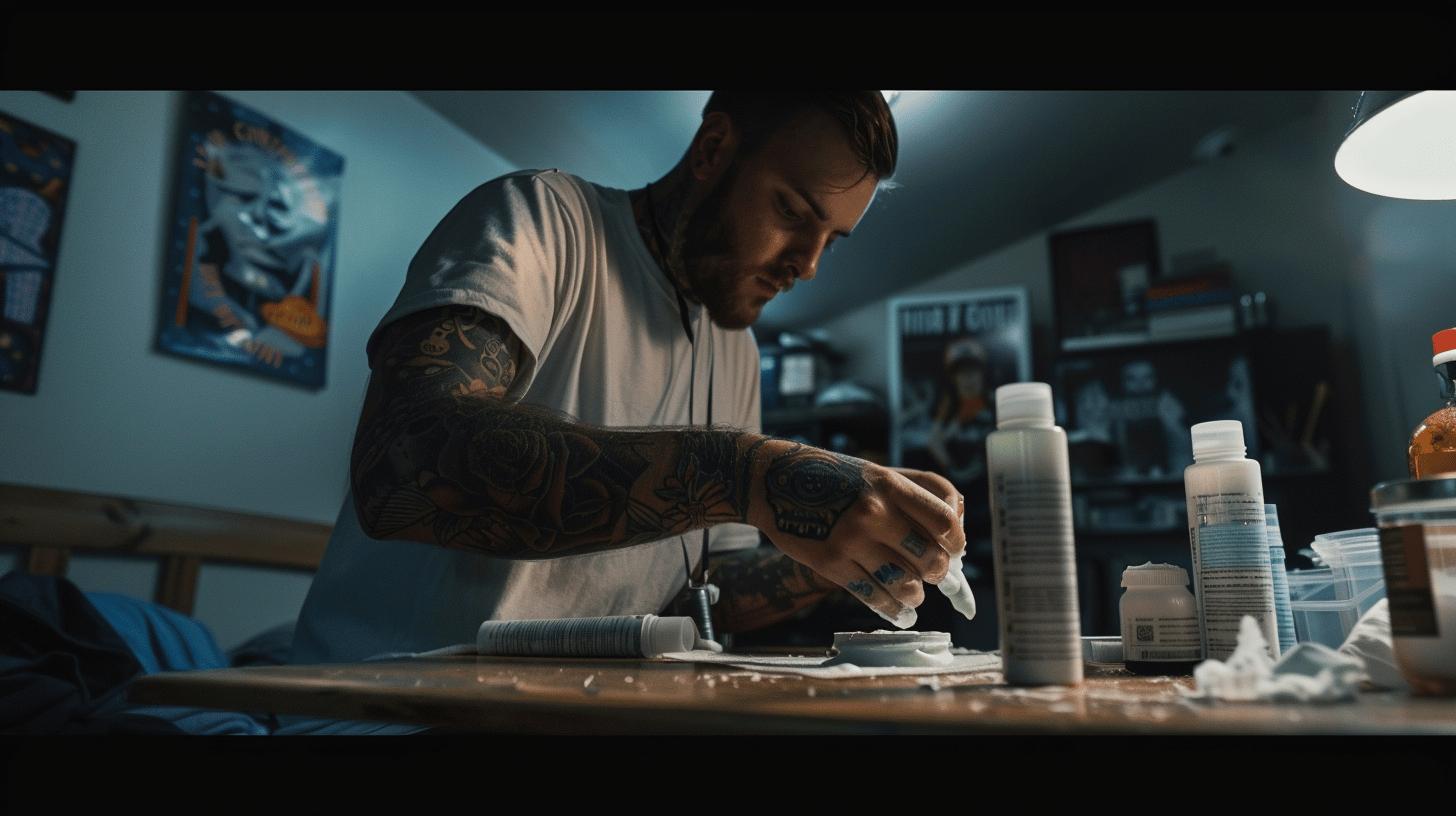Tattoo Numbing Spray That Works: Better Pain Relief Than Numbing Creams
Still flinching at the thought of a tattoo needle, wax strip, or injection? You’re not alone. The good news is there’s a numbing spray (and cream) that really helps reduce pain. From tattoo sessions to cosmetic procedures, we’ve tested and researched the most effective options so you don’t have to.
Whether you’re after a lidocaine spray, numbing cream for piercings, or something to take the edge off during waxing, this guide reveals 10 skin numbing spray picks that actually work including those trusted by tattoo artists and skin professionals.
What Is a Numbing Spray and How Does It Work?
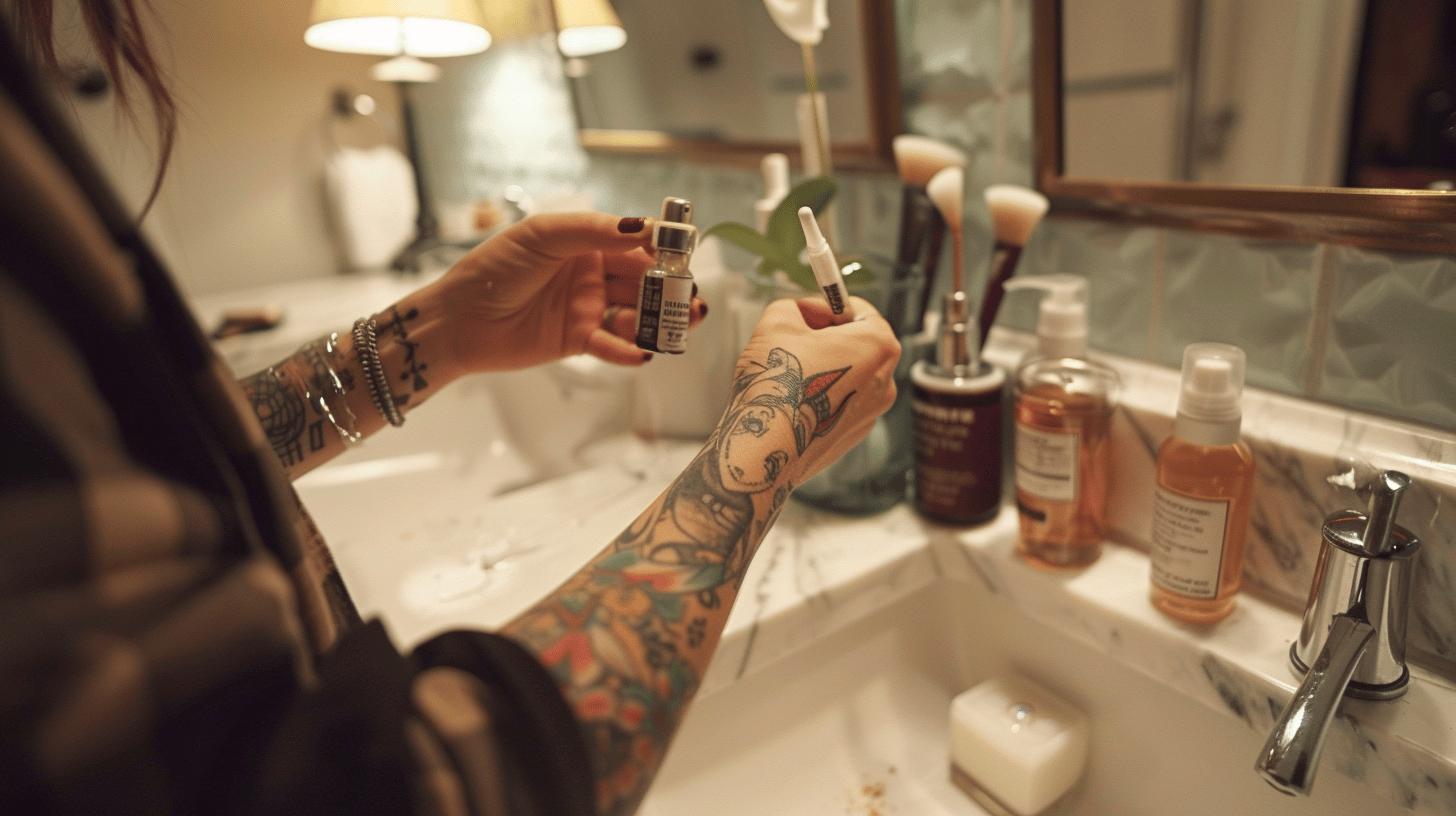
A numbing spray is a fast-acting topical anesthetic used to block pain signals before they reach the brain. It works by temporarily disabling sodium channels in your skin’s nerve endings. Once applied, these sprays numb the skin, helping you get through tattoos, waxing, piercings or injections with less discomfort.
Most sprays use one or more of the following active ingredients:
| Ingredient | Effectiveness | Common Use |
|---|---|---|
| Lidocaine (4–5%) | Fast onset, strong effect | Tattoos, waxing, piercings |
| Benzocaine (10–20%) | Mild, slower action | Oral sprays, minor skin treatments |
| Tetracaine (0.5–2%) | Longer duration | Cosmetic and medical applications |
| Prilocaine | Often paired with lidocaine | Enhanced numbing |
Best Skin Numbing Spray UK: Top Products Compared
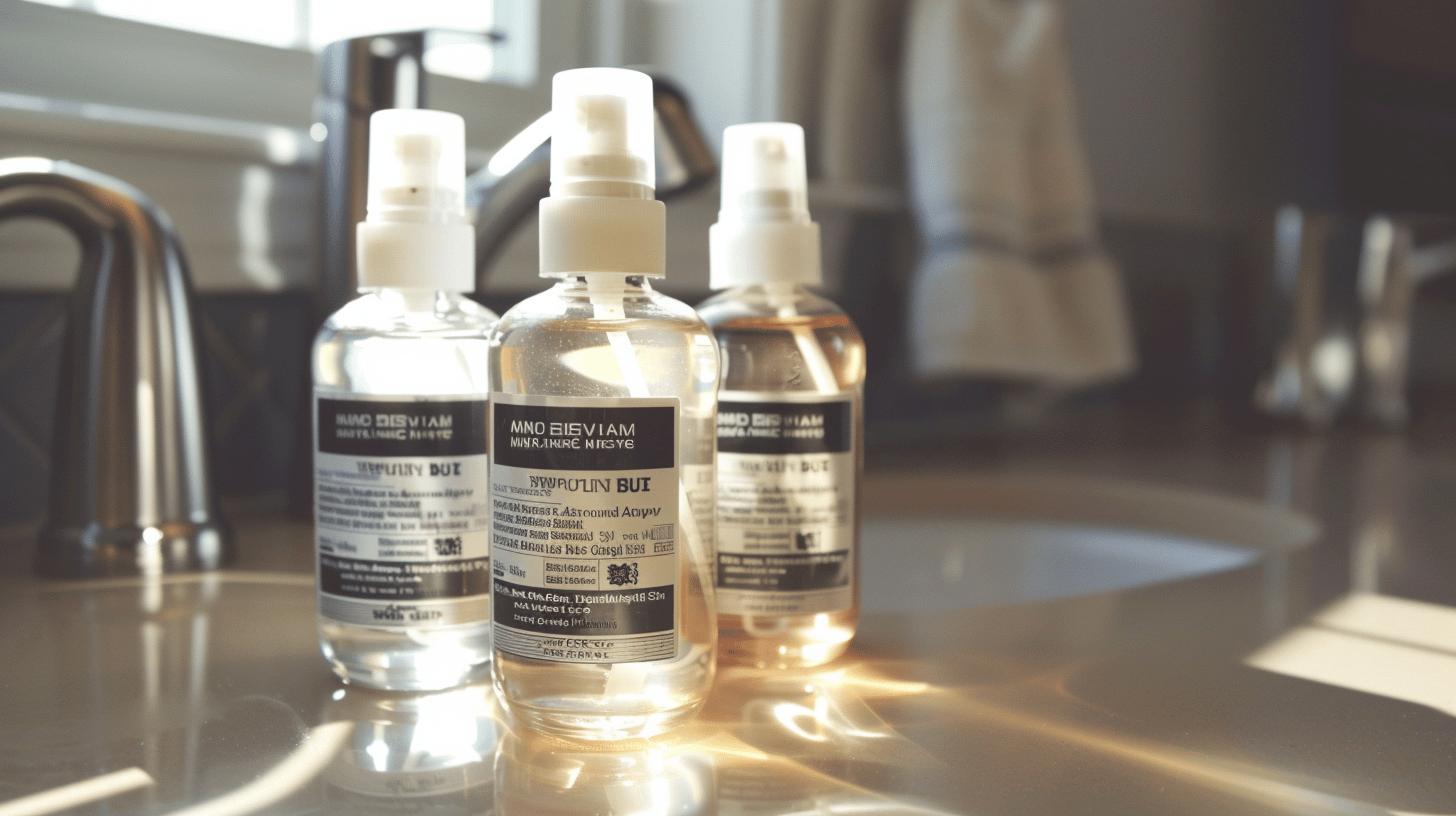
When choosing the best tattoo numbing spray UK buyers trust, look at lidocaine percentage (5% is the legal over-the-counter max), how it performs on sensitive skin, and real-world reviews.
Here are the top-performing sprays we recommend:
| Brand | Lidocaine % | Features | Price Range |
|---|---|---|---|
| Pron Numb | 5% | With epinephrine, safe for broken skin, fast onset | £20–£25 |
| Ebanel Numb520 | 5% | Long-lasting, enriched with aloe vera, non-greasy | £18–£22 |
| Dr. Numb | 5% | Trusted by tattoo artists, clean finish | £15–£20 |
| Blue Gel | 4% | Cooling effect, tattoo-safe | £12–£18 |
| Lidocaine Spray BP | 4% | Gentle formula for general medical use | £10–£16 |
You can find these products on Amazon UK, or at pharmacies like Boots and Superdrug. Always check that you’re buying from verified sellers to avoid counterfeit items.
How to Use Numbing Spray for Tattoos and Waxing
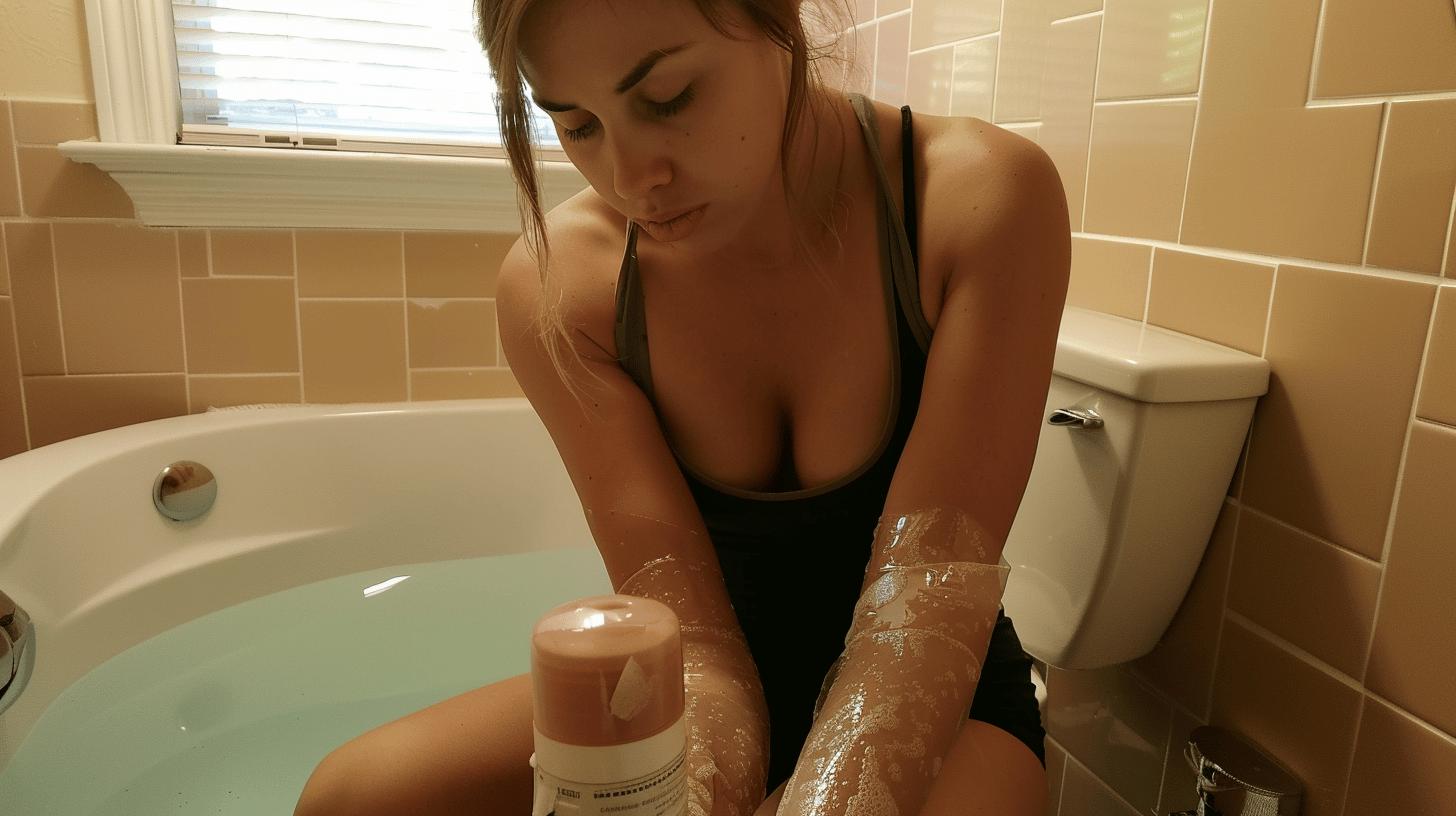
Getting the most out of a skin numbing spray has everything to do with how you apply it. Whether you’re prepping for a tattoo or using a spray to numb before waxing, the right method can make a major difference in how well it works. Poor technique often leads to patchy numbness—or none at all. For best results, follow each step carefully and allow enough time for the product to activate properly.
Step-by-step: How to apply skin numbing spray
- Wash and dry the skin
Clean the area thoroughly with soap and water to remove oils, dirt, or residue. Pat dry with a clean towel. This helps the spray absorb evenly and reduces the risk of irritation. - Apply spray evenly
Hold the bottle 5–10 cm away and spray a thin, even layer over the area. Don’t overdo it—more isn’t always better, and excess product can run or build up unevenly. - Wrap with plastic if needed
For tattoo prep or longer waxing sessions, cover the area in cling film to trap heat and moisture. This helps the numbing agents penetrate deeper. - Wait 10–30 minutes
Activation time depends on the formula, but most sprays hit peak numbing at around 15 minutes. Keep the area still and undisturbed while waiting. - Test sensitivity
Tap or pinch the area lightly to check if the numbness has set in. If it still feels sharp or sore, give it another 5–10 minutes. - Reapply if session is long
For long tattoo sessions, consider reapplying mid-way—only if the product is safe for broken skin. Check the label or ask your artist.
The most common mistakes when using a numbing spray for tattoos or waxing are applying it to broken skin, using too much at once, or rushing the wait time. Sprays need time to work, and overuse can lead to side effects or reduced effectiveness. Always read the instructions, and if in doubt, ask your technician or artist for guidance.
Skin Numbing Spray for Injections and Medical Use

What is the best numbing spray for injections?
Xylocaine 10% is one of the most commonly used numbing sprays for injections in medical settings. It delivers quick, targeted relief by reducing nerve activity on the skin’s surface, which helps reduce the sharp sting of a needle.
A numbing spray for injections can be especially helpful for patients with needle anxiety or lower pain thresholds. These sprays are applied directly to the skin before procedures like vaccinations, blood draws, or IV insertions. The active ingredient—usually lidocaine—works within minutes. When used correctly, it can make all the difference between a tense experience and a manageable one.
For children or those with needle phobia, a pre-injection numbing spray can significantly reduce stress. Many paediatric clinics use a numbing spray for children’s blood tests to ease the process. It allows healthcare professionals to carry out the procedure quickly and smoothly, which helps prevent panic or physical resistance.
| Product | Use Case | Notable Features |
|---|---|---|
| Xylocaine 10% Spray | Injections, blood draws | Fast-acting, clinic-trusted |
| Lidocaine Spray BP | General pain relief | Gentle for everyday use |
| Pliaglis (Lido + Tetra) | Advanced cosmetic use | Strong effect, professional only |
| Ametop Gel (gel, not spray) | Used before cannulation | Common in paediatrics |
These sprays are especially helpful for kids, those with needle anxiety, or low pain tolerance.
Lidocaine Spray for Skin: Ingredients, Strength, and Duration
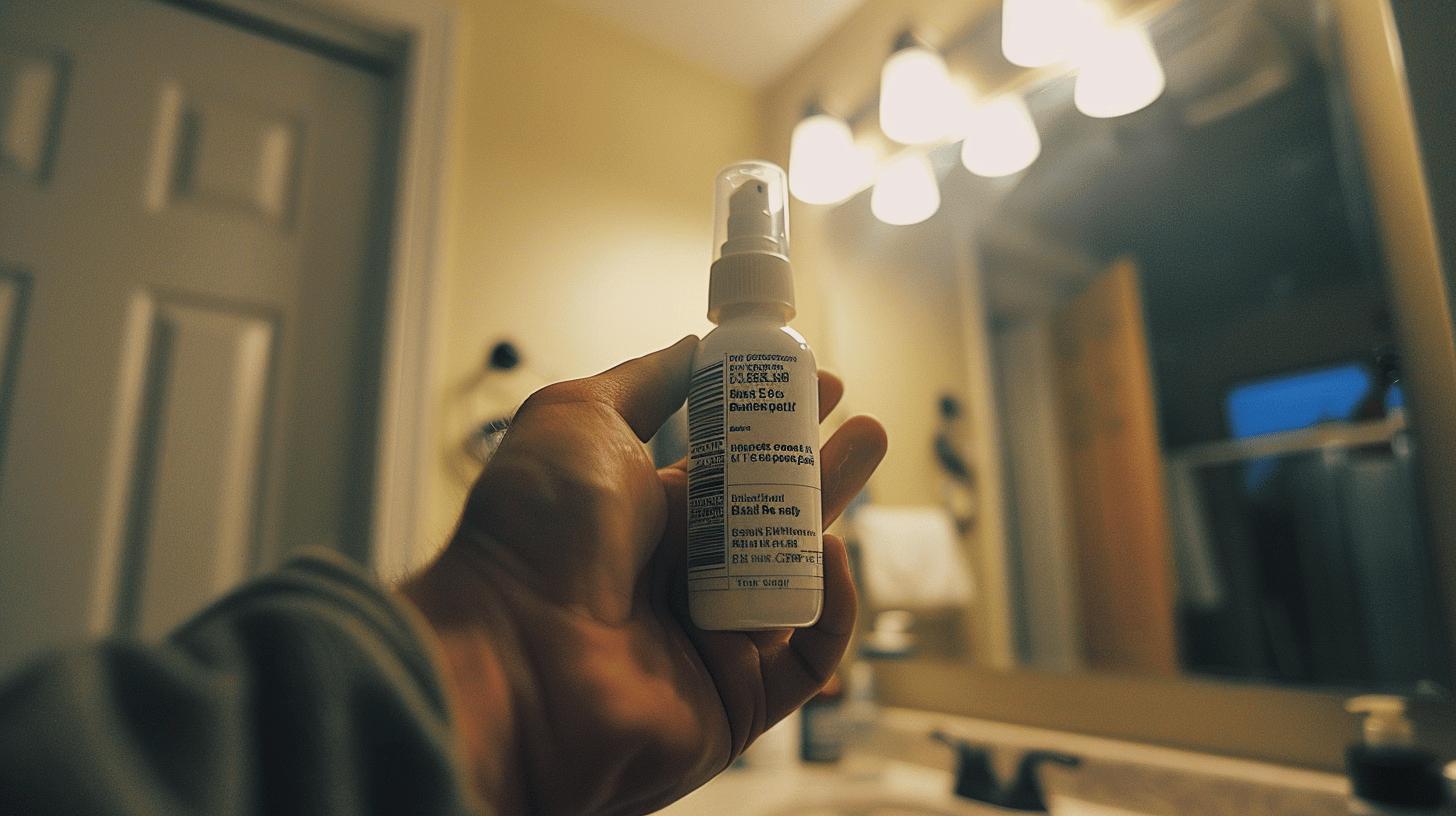
What is the strongest numbing spray for skin available in the UK?
The strongest numbing spray for skin legally available over the counter in the UK contains 5% lidocaine.
Lidocaine is the go-to ingredient in most skin numbing sprays for a reason. It’s fast-acting, reliable, and offers a balanced mix of surface and deeper skin numbing. When sprayed on the skin, lidocaine blocks sodium channels in nerve endings, stopping pain signals from reaching the brain. This makes it ideal for temporary pain relief during tattoos, waxing, piercings, cosmetic procedures, and minor medical treatments. The lidocaine content in numbing spray typically ranges from 4% to 5%, which is the legal maximum for non-prescription use in the UK.
How long does lidocaine spray for skin last?
Lidocaine spray generally lasts between 30 minutes to 2 hours, depending on the product and how it’s applied.
Peak effectiveness is usually reached within 10 to 30 minutes of application. Factors like skin type, coverage area, and whether the spray is wrapped (e.g. with cling film) can change how long the numbing effect lasts. Some sprays are enhanced with ingredients like aloe vera or epinephrine to improve absorption or prolong the effect. But overuse can lead to lidocaine spray side effects such as skin irritation, dizziness, or allergic reactions. Always follow the instructions on the label, especially when using on larger areas or broken skin.
| Brand | % Lidocaine | Duration | Notable Features |
|---|---|---|---|
| Pron Numb | 5% | Up to 2 hours | Includes epinephrine, fast onset |
| Ebanel Numb520 | 5% | 60–90 mins | With aloe vera, FDA-approved |
| Dr. Numb | 5% | Up to 90 mins | Non-greasy, clean finish |
| Blue Gel Numbing Spray | 4% | 30–60 mins | Cooling effect, tattoo-safe |
| Lidocaine Topical Spray BP | 4% | 45–60 mins | Medical use, mild formula |
Numbing Spray for Sensitive Skin and Face
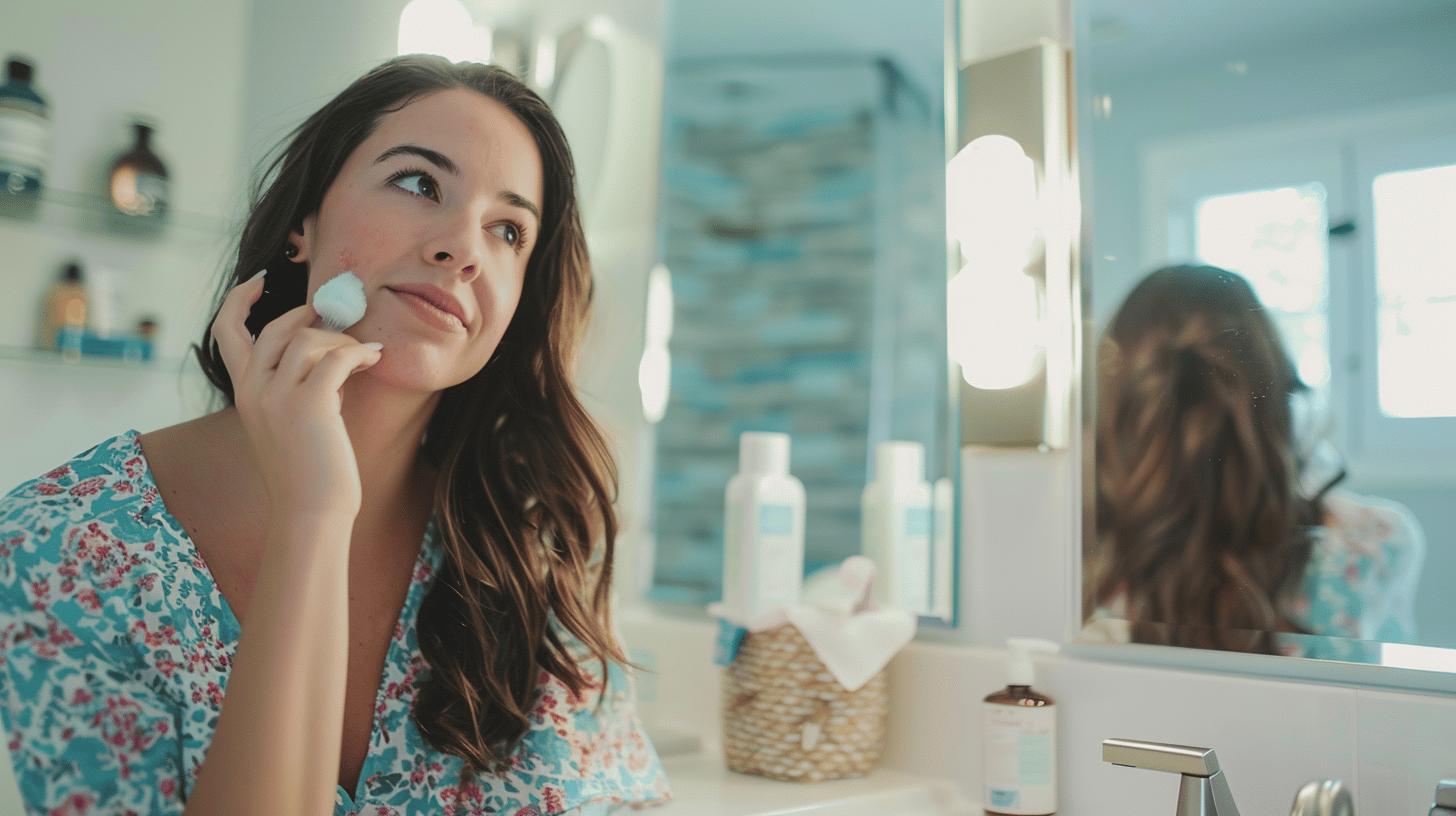
Sensitive skin reacts more easily to ingredients like alcohol, artificial fragrance, or harsh preservatives. When choosing a numbing spray for sensitive skin, it’s not just about how well it works—it’s about how gently it works too. Redness, stinging, or dryness after application is often a sign that the formula isn’t suitable. For areas like the face, where the skin is thinner and more reactive, using the wrong product can lead to irritation or worse.
Recommended features in a numbing spray for facial waxing or delicate skin:
- Alcohol-free formula to reduce drying and stinging
- Fragrance-free to avoid allergic reactions
- Contains aloe vera or vitamin E to soothe and protect
- Dermatologist-tested or labelled “for sensitive skin”
Can you use numbing spray on face?
Yes, but only if the product is clearly marked safe for facial use.
Facial application requires extra caution. Keep sprays well away from the eyes and mucous membranes, and never apply to broken or inflamed skin. Always do a patch test by applying a small amount behind the ear or on the inner arm. Wait 24 hours to check for redness or irritation before using it on larger or more visible areas.
Tattoo Numbing Spray for Broken Skin: What You Need to Know
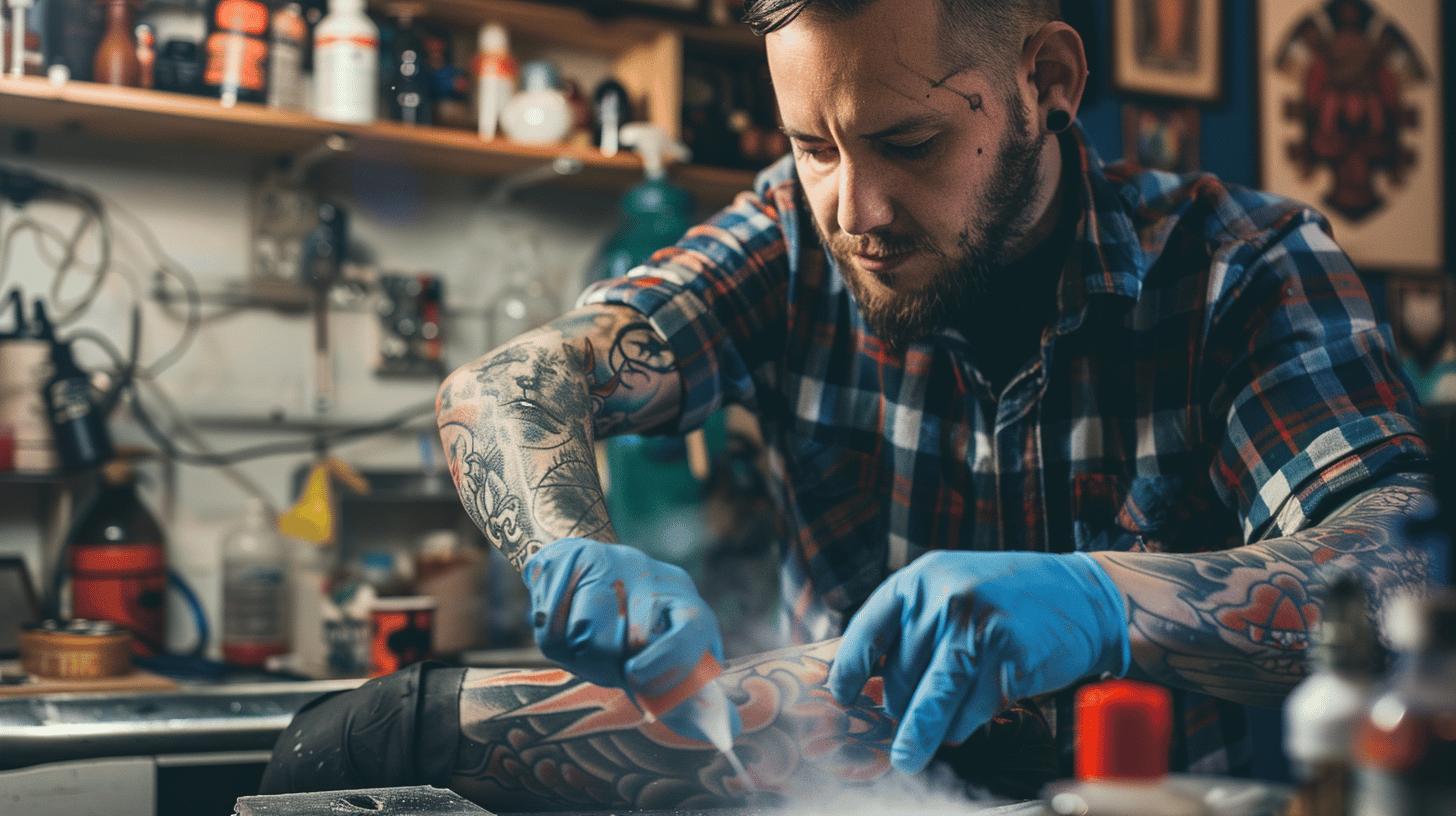
Using a tattoo numbing spray for broken skin carries higher risks than applying to intact skin. Once the skin is compromised—like during a tattoo session—it becomes far more absorbent. This boosts the chances of systemic absorption, where the numbing agent enters the bloodstream instead of staying local. High absorption can lead to side effects including dizziness, irregular heartbeat, or in extreme cases, lidocaine toxicity. Most sprays are only tested for use on unbroken skin, so applying the wrong product mid-session could do more harm than good.
To find a strong numbing spray for tattoos that’s actually safe for broken skin, you’ll need to check the label closely. Products like Pron Numb are formulated with the right balance of lidocaine and additional ingredients such as epinephrine, which helps constrict blood vessels and limit deeper absorption. This not only prolongs the numbing effect but also reduces swelling and bleeding—two big wins during a long tattoo session. Avoid alcohol-based sprays or anything that doesn’t explicitly state it’s safe for broken or abraded skin.
Safe use on broken skin
- Choose a spray that contains 5% lidocaine and epinephrine
- Only apply to small areas at a time to control absorption
- Always follow time limits for reapplication
- Avoid using sprays with alcohol or menthol, which irritate open skin
- Ask your tattoo artist to apply it mid-session if needed—they’ll know safe timing and dosage
Applying a numbing spray safely during a tattoo requires more than just grabbing whatever’s on the shelf. Stick to products designed for the job, and always err on the side of caution.
Are Skin Numbing Sprays Safe? Side Effects, Allergies, and Who Should Avoid
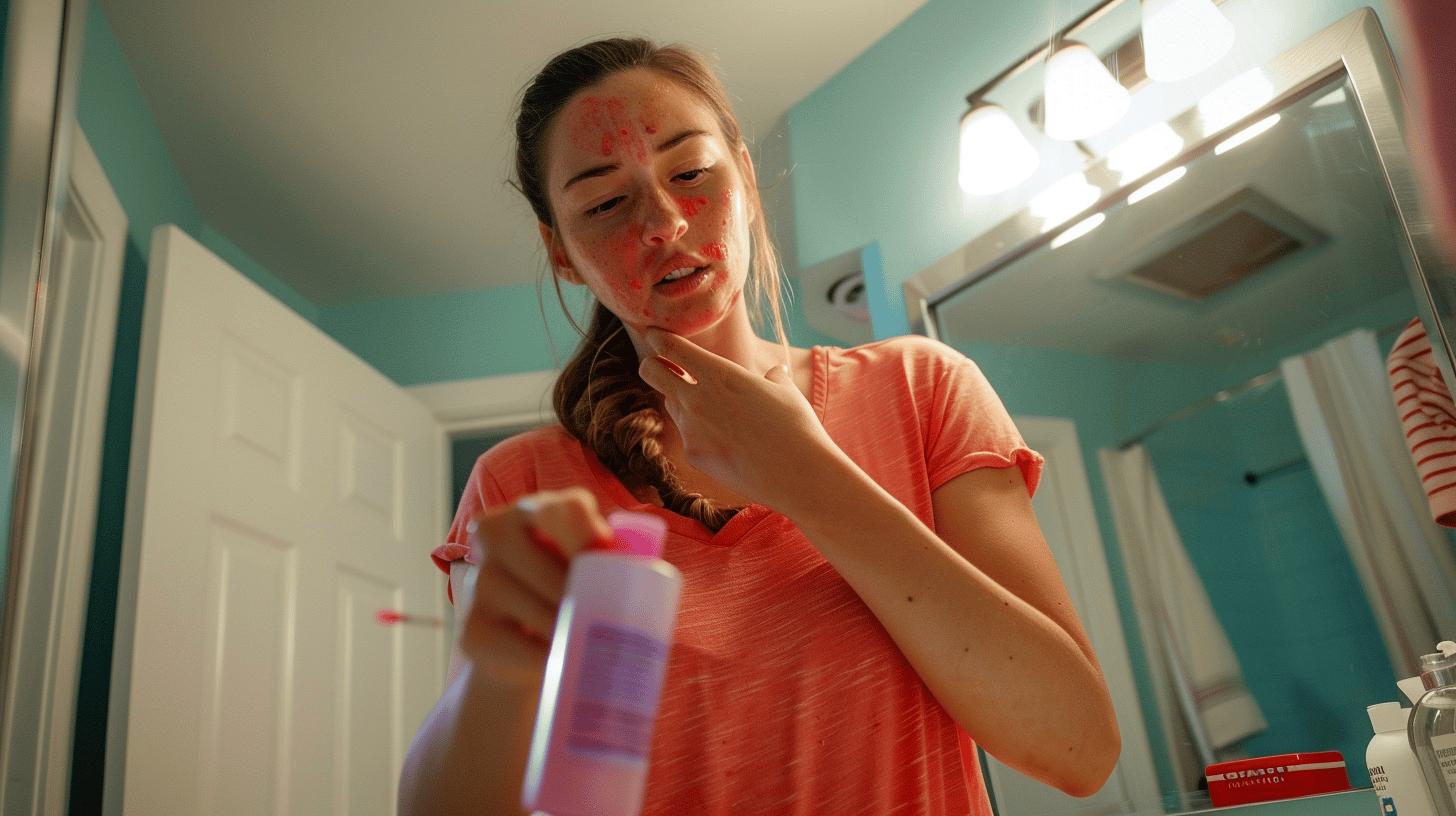
Is numbing spray safe for skin?
Yes—when used as directed, most skin numbing sprays are safe for skin.
That said, safety depends on factors like your skin type, the product’s ingredients, how much you apply, and whether the skin is intact or broken. Most sprays use lidocaine or similar anaesthetics, which are well-tolerated in small doses. But overuse or misuse can increase the likelihood of side effects. Mild reactions like redness, tingling, or swelling are common. More serious (and rare) side effects of numbing spray can include dizziness, blurred vision, or changes in heart rhythm—especially if the spray is absorbed into the bloodstream through damaged skin or used over large areas.
What are the allergic reactions to numbing spray?
Allergic reactions to numbing spray can include itching, hives, breathing difficulty, or swelling around the face and throat.
If you’ve ever had a reaction to local anaesthetics at the dentist or during a medical procedure, there’s a chance you could react similarly to a topical product. Always patch test before full use, especially if you have sensitive skin or a known allergy to lidocaine, benzocaine, or tetracaine. Symptoms like a racing heartbeat, shortness of breath, or confusion after application should be treated as a medical emergency.
People who should avoid numbing spray include:
- Anyone allergic to lidocaine, prilocaine, benzocaine, or tetracaine
- People with heart or liver conditions without medical advice
- Children under 12, unless under supervision
- Pregnant or breastfeeding individuals without doctor approval
- Those using sprays on infected, irritated, or broken skin
Seek medical advice if you experience severe skin irritation, symptoms that spread beyond the application site, or any systemic effects like nausea or dizziness. Always follow dosage instructions and never exceed the recommended application area or frequency.
Where to Buy Numbing Spray in the UK: Legal, OTC, and Online Options
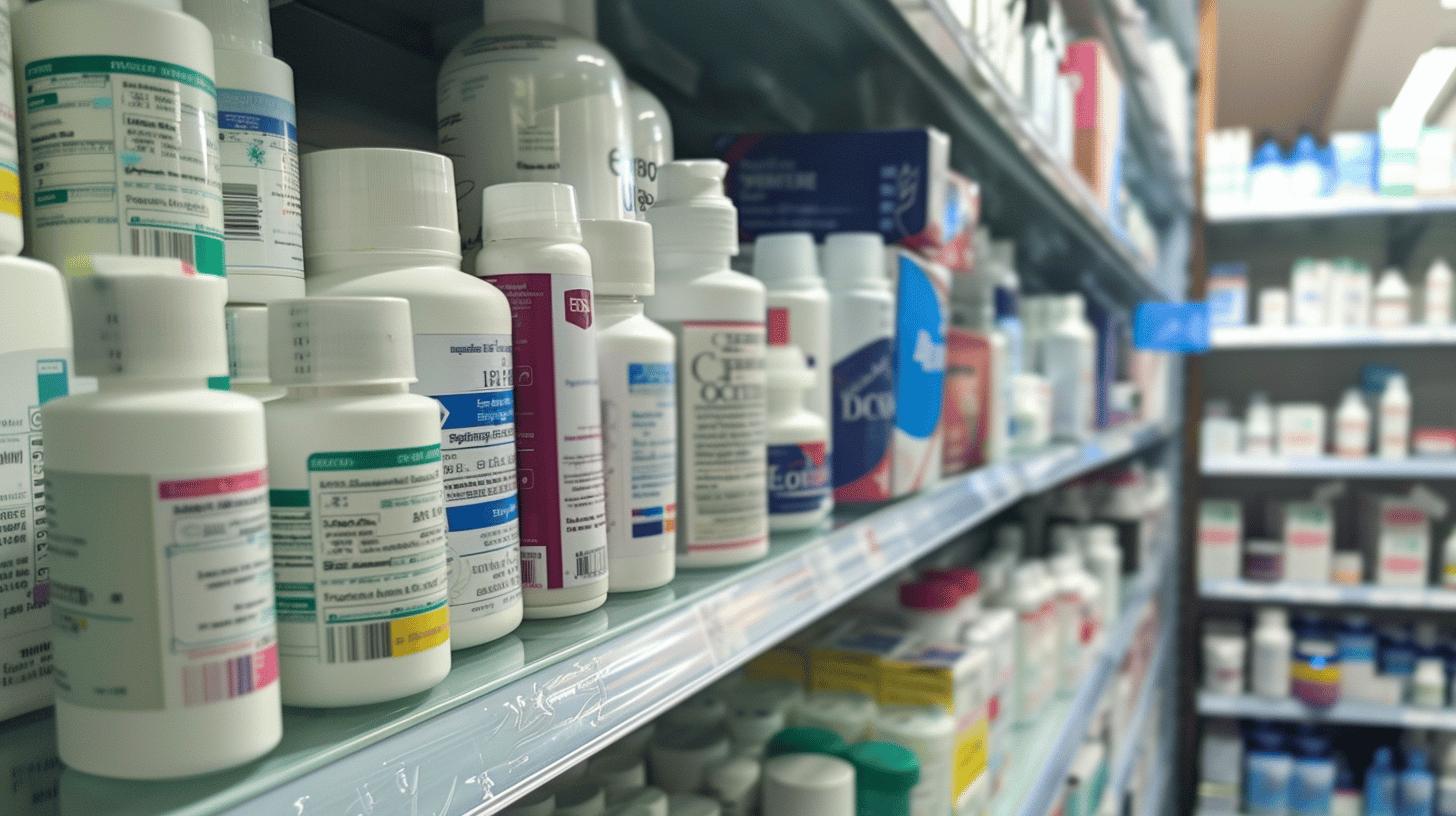
Most lidocaine-based sprays sold in the UK are classed as an over the counter numbing spray, meaning you don’t need a prescription to get them—provided the lidocaine content doesn’t exceed 5%. This is the legal limit for topical anaesthetics sold without a doctor’s supervision. Any spray that contains more than that must be prescribed and dispensed by a licensed medical professional. For general use—tattoos, waxing, piercings, or minor cosmetic work—a 5% spray is usually more than enough.
If you’re buying numbing spray legally UK wide, it’s easy to find options both online and in-store. Many people prefer to shop at trusted pharmacy chains like numbing spray Boots or numbing spray Superdrug, where you can pick up products off the shelf. For those who prefer shopping online, numbing spray Amazon UK offers a wider range of brands, often with next-day delivery. Specialist tattoo suppliers also stock sprays tailored for broken skin or long sessions, but prices can vary.
- Boots – In-store and online, often stocks lidocaine spray up to 5%
- Superdrug – Reliable for OTC options, sometimes offers bundle deals
- Amazon UK – Wide selection, but check seller ratings for authenticity
- Specialist tattoo suppliers – Best for artist-grade sprays and mid-session reapplication options
Always read the label and check the seller’s credibility—especially when buying online. Counterfeit products are more common than most expect, especially from lesser-known sellers on large platforms.
Numbing Spray vs Numbing Cream: Which Is Better?
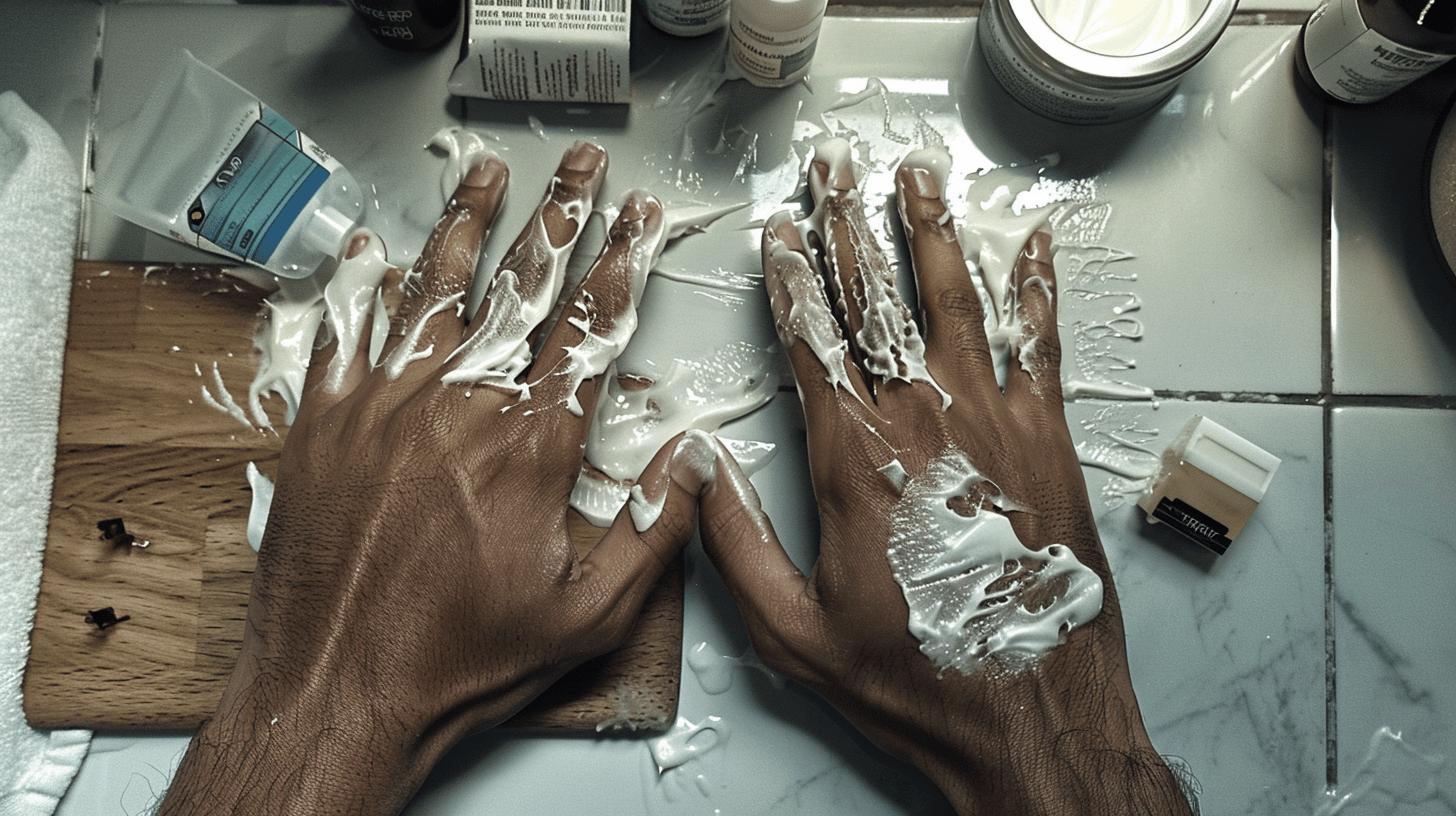
Which is better: cream or spray?
Spray is better for quick, even coverage and fast onset; cream is better for longer-lasting, deeper numbing.
The main difference between spray and cream lies in how they’re applied and how they behave on the skin. A numbing spray is ideal when you need rapid action across a large area—like for tattoo sleeves, waxing sessions, or quick cosmetic treatments. Sprays tend to absorb quickly and are easier to reapply mid-procedure, especially when the skin is already broken.
A numbing cream, on the other hand, usually takes longer to activate but offers more profound numbing. It’s better suited for procedures where deeper skin layers are involved, such as laser treatments or microblading. Creams often need to be applied under cling film and left for 30–60 minutes before they reach full effect, which isn’t always convenient if time is tight.
| Format | Onset Time | Duration | Best Use | Application Ease |
|---|---|---|---|---|
| Numbing Spray | 10–20 mins | 30–90 mins | Tattoos, waxing, injections | Very easy, no mess |
| Numbing Cream | 30–60 mins | 1–2 hours | Laser, cosmetic, deep numbing | Needs wrapping, more prep |
When choosing between **numbing spray vs numbing cream**, think about what kind of procedure you’re preparing for. If it’s a short, sharp session or something involving broken skin, spray is often the better option for speed and convenience. For longer or more intensive work, cream may give you a more comfortable experience from start to finish.
Final Words
Skin numbing spray can make tattoos, waxing, injections, and medical procedures far more manageable. This guide covered how it works, the top products in the UK, and how to apply it properly for the best effect.
From choosing the right lidocaine spray for skin, to handling more sensitive areas like the face—or when dealing with broken skin mid-tattoo session—safe use is key.
Whether you’re comparing numbing spray for tattoos or looking for an over the counter numbing spray from Boots or Amazon UK, knowing what to look for helps avoid side effects or allergic reactions to numbing spray.
Used correctly, skin numbing spray gives you more comfort, better tolerance during long sessions, and less anxiety about pain.
FAQ
Q: What can you spray on your skin to numb it?
Skin numbing spray, such as lidocaine topical spray or anaesthetic spray for skin, is used to reduce pain by temporarily blocking nerve signals. These are commonly used before tattoos, injections, or waxing.
Q: Does lidocaine spray actually work to numb skin?
Yes, lidocaine spray works by blocking sodium channels in nerves, which prevents pain signals. It’s a reliable option when you need fast, temporary skin numbing for injections, tattoos, or laser treatments.
Q: Can I buy lidocaine spray in the UK?
You can buy lidocaine spray in the UK legally over the counter. Shops like Boots, Superdrug, and Amazon UK stock products with up to 5% lidocaine for safe home use.
Q: What is the best numbing spray for injections in the UK?
A strong numbing spray for injections in the UK is Xylocaine 10%. It’s fast-acting and often used before blood tests or medical procedures involving needles, especially in children.
Q: Can I use numbing spray for muscle pain?
Some numbing sprays contain lidocaine or similar anaesthetics which may help ease muscle pain temporarily. However, they’re designed primarily for surface-level numbing, not deep tissue relief.
Q: How can I temporarily numb my skin at home?
To numb skin at home, clean the area and apply a topical numbing spray like lidocaine spray for skin. For stronger or longer effects, look for formulas with maximum 5% lidocaine.
Q: Is lidocaine topical spray suitable for children’s blood tests?
Lidocaine-based numbing spray is often used for children’s blood tests to lower pain and anxiety. Always check age suitability on the label or confirm with a pharmacist before use.
Q: What are the side effects of using numbing spray?
Common side effects of numbing spray include redness, itching, or mild swelling. In rare cases, stronger reactions like dizziness or irregular heartbeat may occur, especially from overuse or allergy.
Q: Can numbing spray be used for facial waxing or the face?
Some lidocaine sprays are safe for facial use but always choose a product suitable for sensitive skin. Avoid applying near eyes or mucous membranes and do a patch test first.
Q: What is the difference between numbing spray and numbing cream?
Numbing spray is easier to apply over large or hard-to-reach areas and works faster. Numbing creams tend to provide deeper pain relief and are often used before longer procedures.


